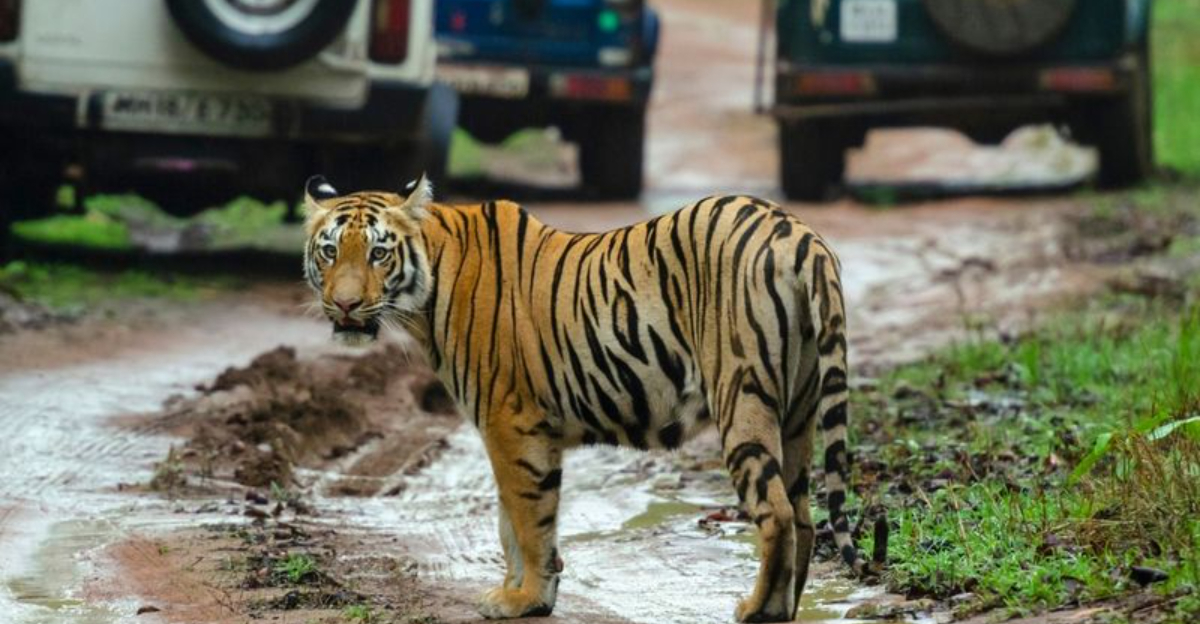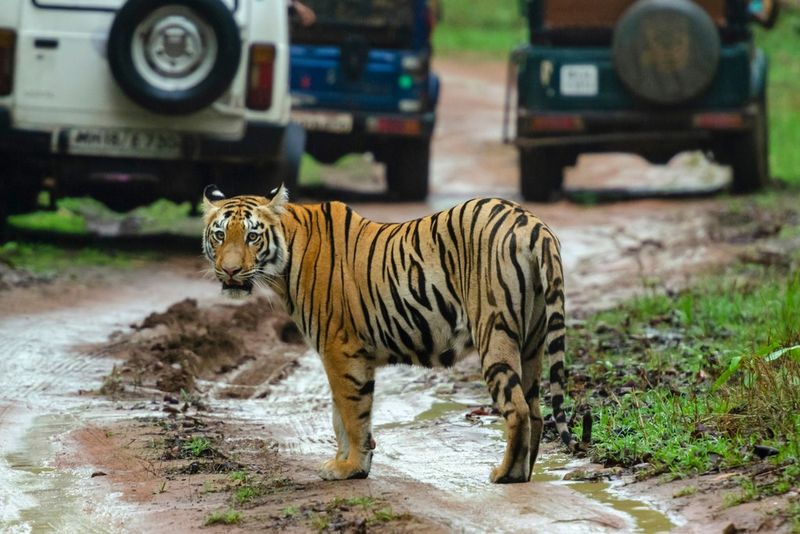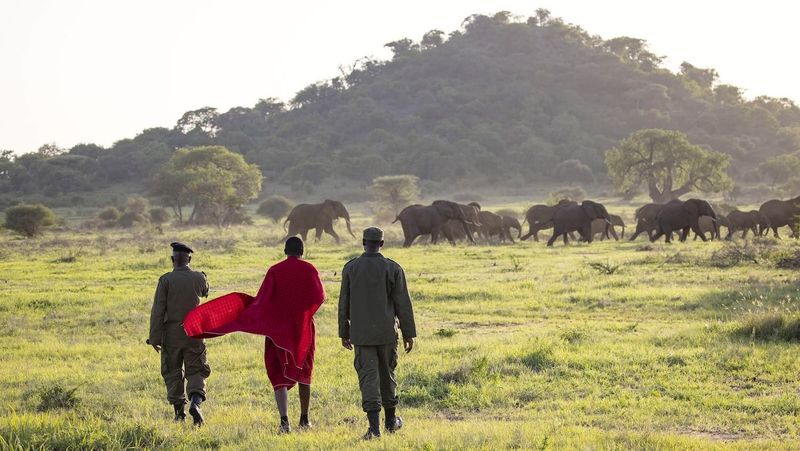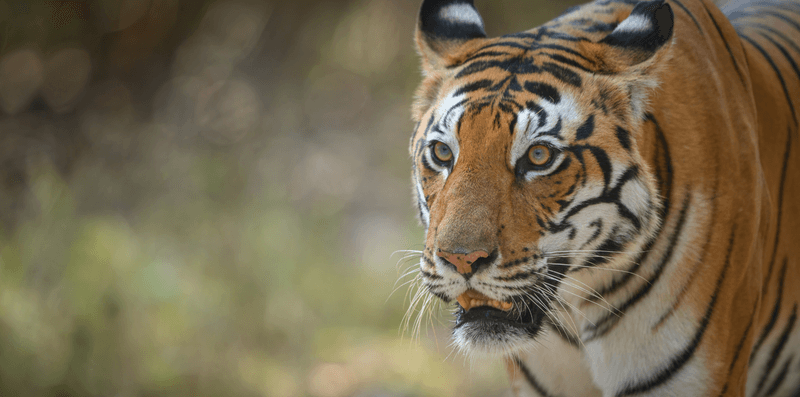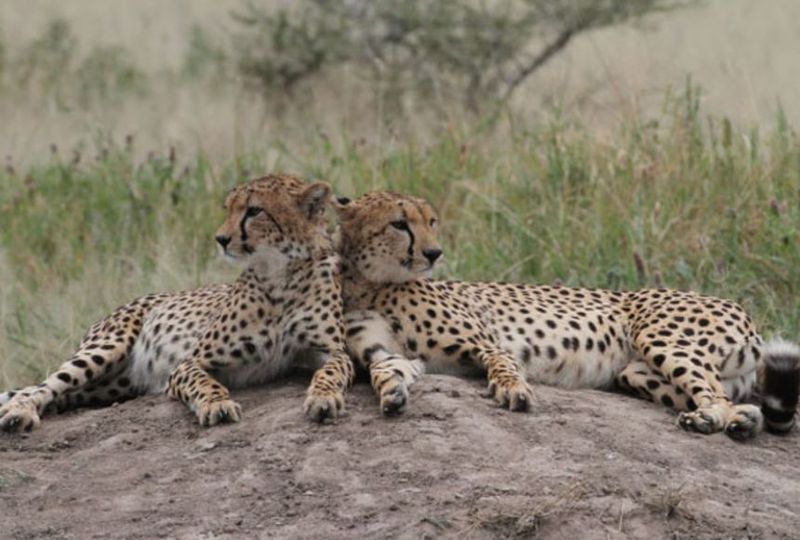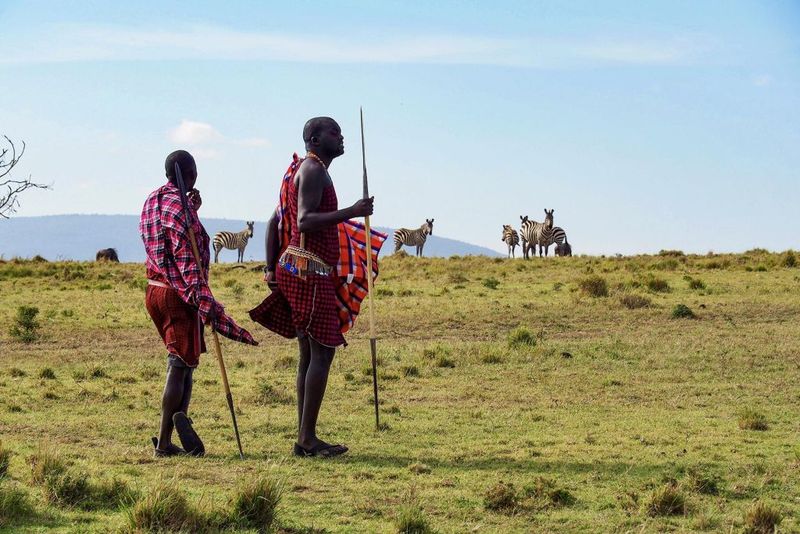📖 Table of Content:
Tourism in big cat habitats presents both opportunities and challenges for conservation. While tourism generates revenue and fosters local community engagement, it can also disrupt habitats and lead to human-wildlife conflicts. This blog post explores the complexities of keeping tourists away from big cat territories and identifies the impacts of tourism on these majestic creatures.
1. Economic Incentives for Conservation
Tourism serves as a financial boon for big cat conservation efforts. In places like India, tourism-generated revenue supports initiatives that have helped double the tiger population in a decade. This economic influx funds anti-poaching measures, habitat restoration, and research projects. Tourism not only draws attention to these magnificent creatures but also ensures sustained funding for their preservation. By creating jobs and supporting local economies, tourism aligns economic growth with conservation goals, offering a compelling argument for its role in protecting big cats.
2. Community Engagement and Benefits
Engaging local communities is crucial to successful big cat conservation. Involving them in tourism activities provides alternative livelihoods and reduces dependence on harmful practices. Communities become stewards of their environment, benefiting from tourism while protecting big cats. By fostering a sense of ownership and responsibility, tourism empowers communities and encourages sustainable practices. This approach not only aids conservation but also enhances social cohesion and economic stability. The symbiotic relationship between local communities and wildlife is vital for the long-term success of conservation efforts.
3. Habitat Disturbance and Fragmentation
Unregulated tourism poses significant threats to big cat habitats. Overcrowding and intrusive activities disturb the natural behaviors of these animals and their prey. In regions like Rajasthan, unchecked tourism exacerbates habitat fragmentation, causing stress and displacement among big cats. This disturbance often results in unnatural deaths and reduced birth rates, hampering conservation efforts. Striking a balance between tourism and habitat preservation is essential to maintain ecological integrity. Proper regulations and visitor management are crucial to ensuring that tourism does not turn into a destructive force.
4. Increased Human-Wildlife Conflict
Tourist activities can inadvertently escalate human-wildlife conflicts. In Tanzania’s Ruaha landscape, the presence of tourists near big cat territories can lead to clashes with local communities. Livestock predation by big cats, often exacerbated by tourism, forces villagers into defensive actions against these predators. Such conflicts undermine conservation efforts and fuel animosity towards wildlife. Addressing these challenges requires a strategic approach, focusing on community education and conflict mitigation. Sustainable tourism practices can help alleviate tensions and promote coexistence between humans and big cats.
5. Balancing Tourism and Conservation
Finding harmony between tourism and conservation is key to protecting big cat habitats. Implementing sustainable practices, such as regulated visitor numbers and eco-friendly infrastructure, minimizes tourism’s ecological footprint. In Kenya, the Olare Motorogi Conservancy exemplifies this balance by limiting accommodations and adopting green principles. These measures ensure that tourism supports rather than harms big cat populations. Incorporating community-based conservation efforts further strengthens this balance, aligning economic incentives with ecological preservation. This holistic approach fosters a sustainable future for both big cats and the communities that rely on them.
